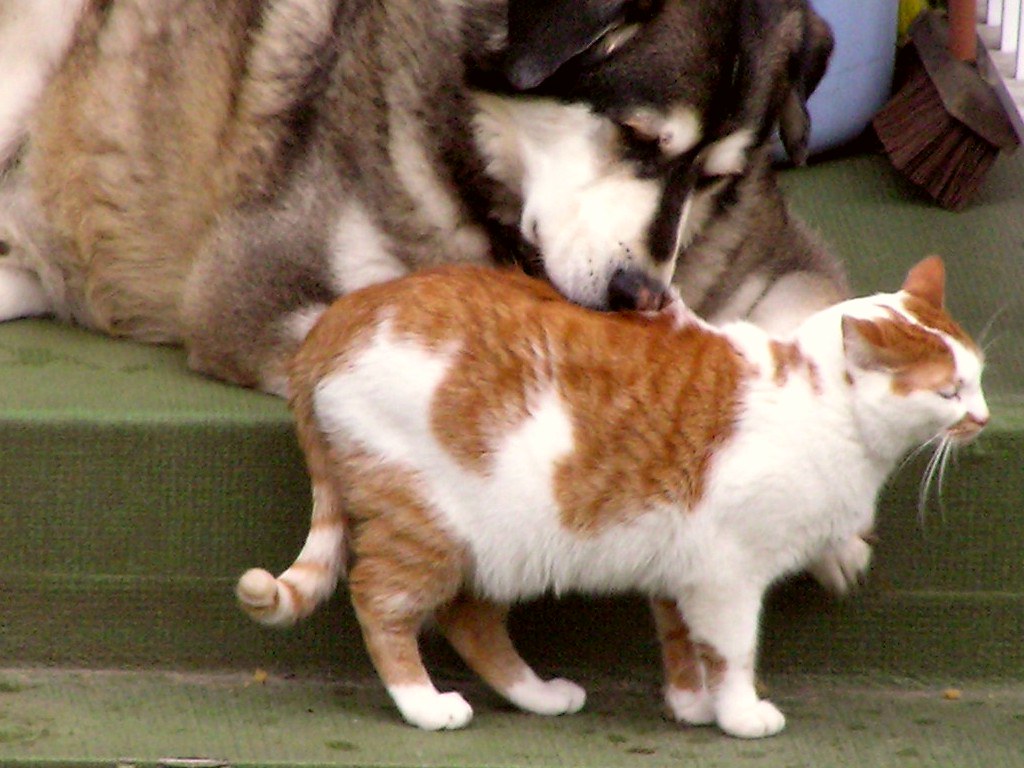We are aware of how well antibiotics have helped us fight different bacterial infections, over and over, they have been used by both humans and animals, and you will agree with me that they saved the day during that period. However, experts have also begun to warn about the misuse/abuse of these antibiotics, and it seems people are not listening as much.
 flickr.com
flickr.com
Antimicrobial resistance has significantly increased as a result of the misuse and abuse of antibiotics. Antibiotics are now used everywhere and anywhere without any form of discretion since they can easily be purchased over the counter. The epidemiology of resistance is complex, and sometimes it takes more than the quantity of antibiotics consumed to influence it. Antibiotics were regarded as miracle drugs when they were first discovered in 1928. They have been used to wrestle against infectious diseases, and they have also enabled great medical improvements. We wouldn't have the experience of success in some major surgical cases, cancer chemotherapy, or organ transplant without the presence of antibiotics. It is through the misuse and overuse of antibiotics that antimicrobial resistance occurs. When these antibiotics are used without a prescription, and aside from oral intake, antibiotics are now being used for animal feeding, production, and several other things. Veterinary medicine has a strong impact on animals and, by extension, even humans. When speaking about animals, we do not refer to household pets alone, but even to the degree of other wild animals that share the same ecosystem with humans, either directly or indirectly. These animals have diseases they share in common with humans, including infectious diseases, even if they are caused by different etiological agents. This makes the sharing of certain medications possible; medications like antibiotics are a good example. Let's begin to discuss this resistance. Antimicrobial resistance happens naturally when a bacterium susceptible to an antibiotic, after its exposure to that antibiotic, builds resistance to it. With AMR, it means either the bacteria, parasites, viruses, or fungi have developed the ability to survive in the presence of antimicrobials.
Antimicrobial-resistant bacteria have become a One Health issue, because AMR bacteria can be transmitted between animals, humans, and even the environment. Any sector that contains antimicrobial use can increase the burden of AMR. With the growing popularity of household pets, there is now an increase in close contact between pet owners and pets. It is even common to find medically important antimicrobials that are commonly used by humans being prescribed to cats and dogs.
Owning a pet is highly beneficial to human health, both mentally and physically. But, the widespread act of allowing our pets to lick our faces, and the manner with which we handle the cleaning of feces, there is a high chance of experiencing antimicrobial resistant bacterial transmission now more than it was before.
Even if there is no system for risk assessment of AMR bacterial transmission between pets and humans, there remains an increasing number of reports that align with the existence of such transmission.
It is interesting to know that, if you do not get antimicrobial resistance from pets, it is possible to pick them up from your pretty-looking pets, and the transmission can occur both ways, according to some published research.
Antimicrobial resistance is not pleasant, because it limits the available options that can be used for the treatment of serious infections in animals, and this will further delay response to treatment, make the only available option to be only through injection or drip, the complications of post-surgery, and a longer and more expensive hospitalization option.